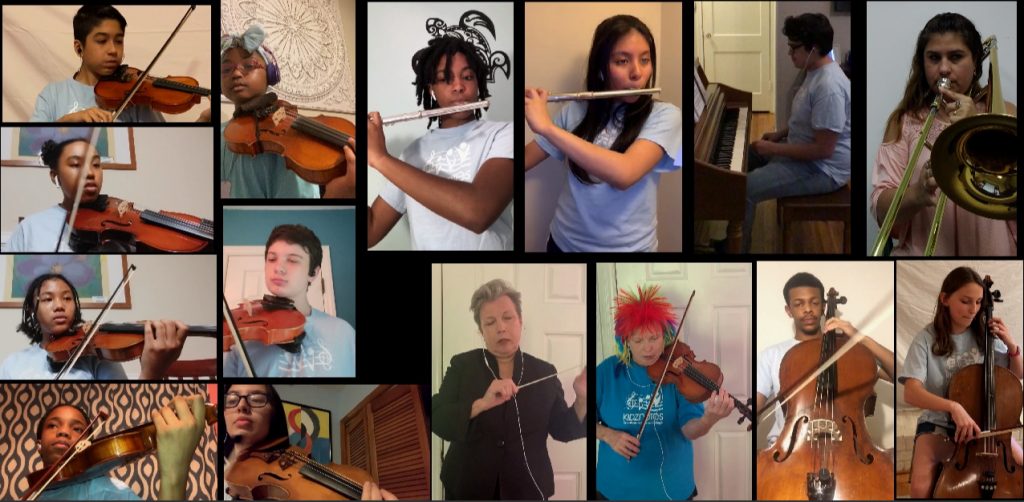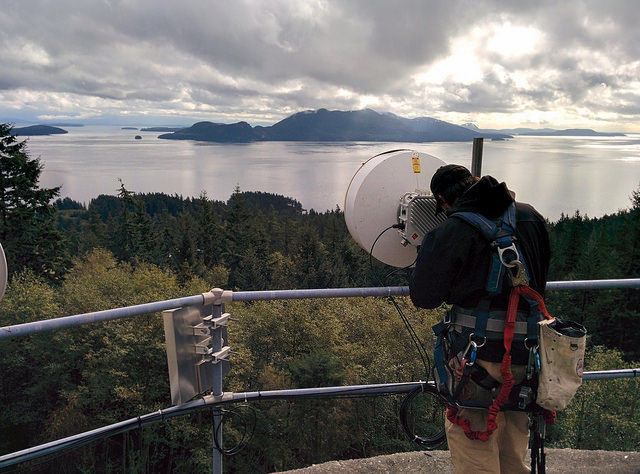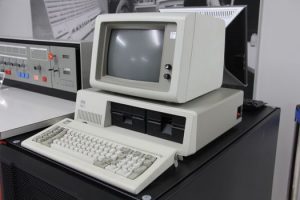As I’ve written before, I kept noticing ads pop up on Facebook and Twitter which seemed suspiciously as if they were triggered by conversations held around my phone. I got so fed up with this this summer that I briefly listed my Samsung Galaxy phone on Craigslist. And yet, something pulled me back. A friend pointed out that certain apps – even system ones – could be removed from the phone without actually rooting it. I have always been impressed with the Galaxy’s hardware; it was Samsung’s bloatware that drew my suspicion. Samsung’s locked my phone down so tightly that rooting it is out of the question. Perhaps this other method might work?
After carefully examining apps in Android’s app permissions page, paying particular attention to system apps (which usually are firmly entrenched and can’t be removed), my eyes focused on one quite innoculous one that called itself SmartThings.
I already tweeted my discovery of two separate SmartThings apps, each with wildly different permissions, but a search of the phone’s packages never turned up any of the more entrenched, system version of SmartThings.
After more Googling, I found the name of the offender, a mysterious package called com.samsung.android.beaconmanager.
Continue reading





